#Craco
Explore tagged Tumblr posts
Text
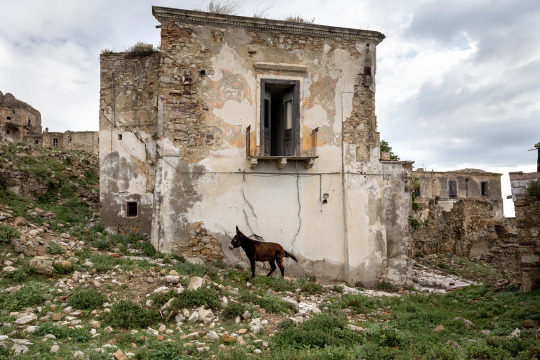
An abandoned town in Southern Italy. The people started to go away after a landslide in 1963, followed by a flood in 1972 and eventually an eartquake in 1980, when it was totally abandoned.
Craco, Italy.
© Roberto Conte (2016)
12 notes
·
View notes
Link
Explore the haunting beauty of Craco, an abandoned ghost village in Basilicata, Italy. 🌄✨ Discover its rich history and why it continues to captivate visitors. https://mentalitch.com/craco-abandoned-ghost-village-in-basilicata-italy-reveals-centuries-of-history/
2 notes
·
View notes
Text







Craco, Matera
Craco è una meta imperdibile per chi vuole scoprire un angolo di Italia ancora poco conosciuto e ricco di fascino. Un luogo dove storia, natura e mistero si fondono in un'esperienza unica.
Craco, un gioiello nascosto della Basilicata, è una città che incanta e affascina per la sua storia e per il suo fascino un po' spettrale. Conosciuta in tutto il mondo come una delle più suggestive città fantasma d'Italia, offre uno spettacolo unico: case abbandonate, stradine deserte e un'atmosfera che sembra uscita da un film.
Perché Craco è diventata una città fantasma?
Le cause principali dell'abbandono di Craco sono state i frequenti smottamenti e le frane che hanno reso il centro storico pericolante. A partire dagli anni '60, gli abitanti furono costretti a trasferirsi in un nuovo centro abitato, più a valle. Questo esodo ha lasciato un vuoto enorme, trasformando Craco in una sorta di città museo, sospesa nel tempo.
Cosa rende Craco così speciale?
La posizione: Arroccata su una collina, offre un panorama mozzafiato sui calanchi circostanti. L'architettura: Le case, i palazzi, le chiese e la torre normanna raccontano una storia millenaria e testimoniano l'ingegno degli antichi costruttori. L'atmosfera: L'atmosfera che si respira a Craco è unica: un mix di malinconia, mistero e bellezza che lascia un segno indelebile nel cuore di chi la visita. Il cinema: Craco è stata spesso scelta come set cinematografico, contribuendo a farla conoscere in tutto il mondo.
Cosa vedere a Craco?
Il centro storico: Un labirinto di vicoli, piazze e case abbandonate, dove il tempo sembra essersi fermato. La torre normanna: Un'imponente costruzione che domina il paesaggio circostante. Il Museo Emozionale di Craco: Ospitato nel Convento di San Pietro, offre un'esperienza immersiva nella storia della città. I calanchi: Le caratteristiche formazioni geologiche che circondano Craco offrono un paesaggio unico e suggestivo.
Perché visitare Craco?
Per un viaggio nel tempo: Craco è un luogo fuori dal tempo, dove è possibile rivivere atmosfere e sensazioni del passato. Per gli amanti della fotografia: Le rovine di Craco offrono innumerevoli spunti per scatti indimenticabili. Per chi cerca un'esperienza autentica: Lontana dai circuiti turistici più battuti, Craco offre un'esperienza di viaggio più autentica e coinvolgente.
Curiosità:
Craco è stata inserita nella lista dei monumenti da salvaguardare della World Monuments Fund. La città è stata utilizzata come set per numerosi film, tra cui "Cristo si è fermato ad Eboli". Ogni anno, a Craco si tiene una manifestazione dedicata alla rievocazione della vita contadina.
6 notes
·
View notes
Photo
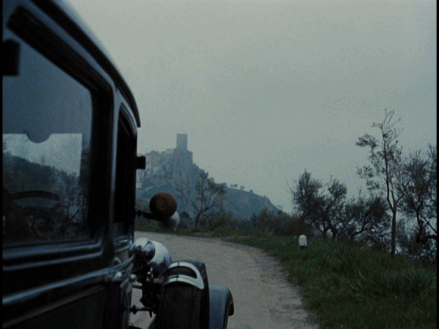
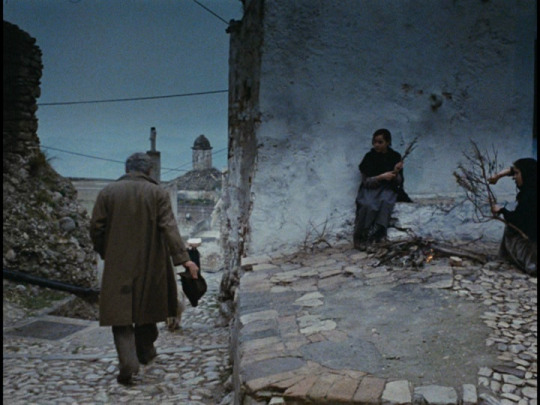
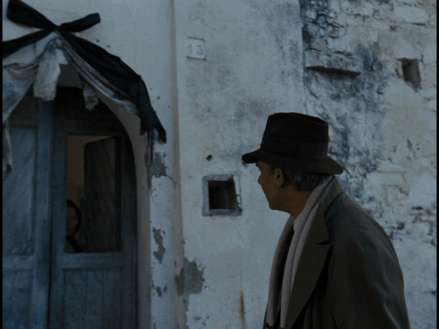
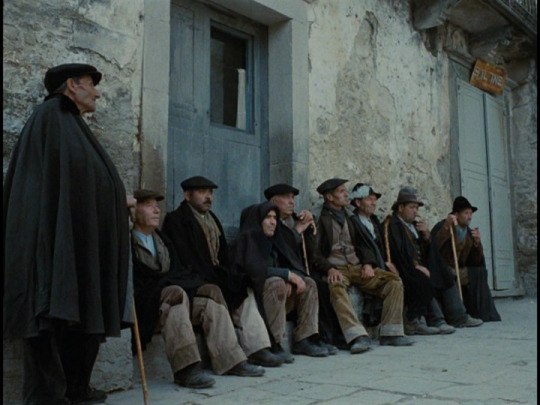





Gian Maria Volontè in
Christ Stopped At Eboli ( Cristo si è fermato a Eboli)(1979) Director: Francesco Rosi
A truly stunning film, this has just been scenes from the first two episodes. I will post more in the future.
#Cristo si è fermato a Eboli#Christ Stopped At Eboli#Gian Maria Volontè#Francesco Rosi#Italian Film#Italian Television#Southern Italy#GIfs#My Gifs#Film Gifs#Italian#Italy#Films based on books#Craco
67 notes
·
View notes
Text
I low key ship Marco and Craig
a missed opportunity
3 notes
·
View notes
Text

Christ Stopped at Eboli (Cristo si è fermato a Eboli) Director: Francesco Rosi
This was filmed in 1979 in the village of Craco in the Basilicata area of Italy. The village had suffered from landslides for years, and many houses had fallen away, the major landslide was in 1963. Many people lost their houses and left the village. And then in 1980 after an earthquake the villagers were moved out of the village and since then it has been deserted.
This film is based on the book by Carlo Levi who was a political prisoner in 1930s fascist Italy. Levi was from Turin and was exiled to the south of Italy to the village of Aliano.
#Christ Stopped at Eboli#Cristo si è fermato a Eboli#Craco#Abandoned villages of italy#Francesco Rosi#Italian Films#Carlo Levi#Basilicata#Italy#Based on a true story#Adapted from a book#Aliano#profanum vulgus
12 notes
·
View notes
Text
Craco village médiéval fantôme
Nouvel article publié sur https://www.2tout2rien.fr/craco-village-medieval-fantome/
Craco village médiéval fantôme
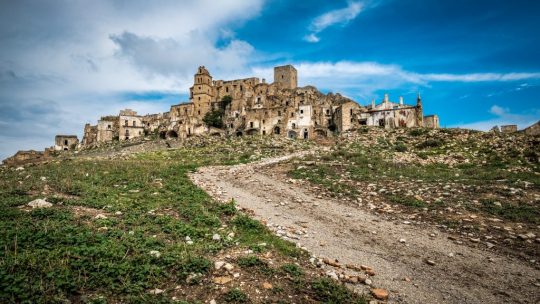
#abandon#Craco#fantome#italie#James Bond#matera#medieval#ruine#urbex#vidéo#village#ville#architecture#imxok#voyage
2 notes
·
View notes
Text
Matera's Ghost Town
Craco, a ghost town located on the summit of a hill in Matera Province, stands beautifully eerie. It was abandoned after a landslide in the 20th century. Now it’s a popular tourist site and filming location. Name: Matera’s Ghost Town Lat, Long: 40.377995,16.4409883 Location: Craco, Italy
0 notes
Text
Cracolândia: la storia del mercato all’aperto del crack a San Paolo (Brasile)
Nel cuore pulsante della città di San Paolo, tra le vie trafficate e i quartieri animati, si staglia un’ombra inquietante: Cracolândia. Questo nome, quasi sussurrato tra le conversazioni, porta con sé un peso enorme, una storia fatta di sofferenza e degrado che si intreccia con il tessuto stesso della metropoli brasiliana. Una ferita aperta, profonda e dilaniante, che si insinua nel cuore urbano…

View On WordPress
#armi#arresti#assistenza sociale#Bom Retiro#Campos Elíseos#crack#Cracolândia#Criminalità#degrado urbano#dipendenza#droga#Estação da Luz#Felipe Drummont#gioco d&039;azzardo#guerra#illegalità#insicurezza#mini-cracolândias#narcotrafficanti#ONG Craco Resiste#operazione di polizia#PCC#politica#Praça Júlio Prestes#Praça Princesa Isabel#prostituzione#recupero#residenti#San Paolo#scuola Coração de Jesus
0 notes
Text
Explore the Taurus Craco Online Store for a seamless shopping experience!
Find a wide range of top-quality products and unbeatable deals right at your fingertips at the Taurus Craco Online Store. From woodworking machinery to industrial tools, we've got it all. Shop conveniently, anytime, anywhere, and enjoy secure online transactions. With Taurus Craco's reputation for excellence and a user-friendly website, your needs are just a click away. Don't miss out on the latest arrivals and exclusive promotions. Experience the future of online shopping at Taurus Craco - your trusted source for industrial equipment and more! Shop now and elevate your productivity.

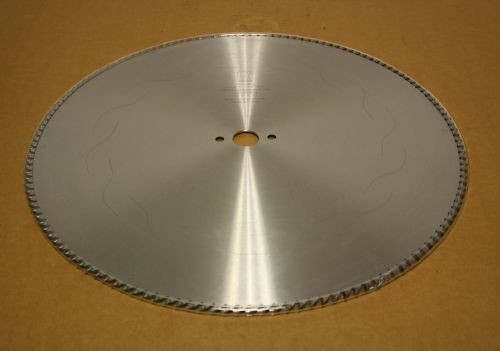


#Taurus Craco Online Store#woodworking machinery#Woodworking Supplies#woodworking tools#woodworking#Woodworking Machines#Tools & Supplies
0 notes
Text



New Australian innovation searches for space mysteries
The first trial of an Australian-developed technology has detected mysterious objects by sifting through signals from space like sand on a beach.
The first trial of an Australian-developed technology has detected mysterious objects by sifting through signals from space like sand on a beach.
Astronomers and engineers at CSIRO, Australia’s national science agency, developed the specialised system, CRACO, for their ASKAP radio telescope to rapidly detect mysterious fast radio bursts and other space phenomena.
The new technology has now been put to the test by researchers led by the Curtin University node of the International Centre for Radio Astronomy (ICRAR) in Western Australia.
Results published today in Publications of the Astronomical Society of Australia present the discovery of two fast radio bursts and two sporadically-emitting neutron stars, and improved location data of four pulsars, enabled by the new technology. They have since gone on to find more than twenty fast radio bursts.
Dr Andy Wang from ICRAR, who led the research group and tested CRACO, said the team had found more astronomical objects than expected.
“We were focused on finding fast radio bursts, a mysterious phenomenon that has opened up a new field of research in astronomy.
“CRACO is enabling us to find these bursts better than ever before. We have been searching for bursts 100 times per second and in the future we expect this will increase to 1,000 times per second,” Dr Wang said.
CSIRO astronomer and engineer Dr Keith Bannister who, along with his team, developed the instrument, says the scale of observation enabled by the new technology is enormous.
“CRACO taps into ASKAP’s ‘live’ view of the sky in search of fast radio bursts.
“To do this, it scans through huge volumes of data – processing 100 billion pixels per second – to detect and identify the location of bursts.
“That’s the equivalent of sifting through a whole beach of sand to look for a single five-cent coin every minute,” Dr Bannister said.
CRACO is made up of a cluster of computers and accelerators connected to the ASKAP radio telescope at Inyarrimanha Ilgari Bundara, the CSIRO Murchison Radio-astronomy Observatory on Wajarri Yamaji Country. Development of this technology reinforces Australia’s international reputation as a leader in radio astronomy engineering and research.
“Once at full capacity, CRACO will be a game changer for international astronomy,” Dr Wang said.
CRACO has been engineered to sift through the trillions of pixels received by the telescope to find anomalies, alerting researchers the moment it spots something out of the ordinary, allowing them to quickly follow up to obtain more data and complete their own analysis.
Dr Wang and his team increasingly expanded CRACO’s research targets to find more exotic sources.
“We’re also detecting long-period transients, which remain mysterious objects within our galaxy. Both fast radio bursts and these transients were first discovered in Australia, so it is great that we’re continuing the path of discovery with this impressive technology,” Dr Wang said.
CRACO will soon be made available to astronomers all over the world as part of CSIRO’s Australia Telescope National Facility, a suite of national research infrastructure which includes Murriyang, CSIRO’s Parkes radio telescope.
The CRACO system was developed through collaboration between CSIRO and Australian and international researchers and was partially funded through an Australian Research Council grant.
TOP IMAGE: Example of a galaxy hosting a fast radio burst identified by the CRACO system. Credit Yuanming Wang, the CRAFT Collaboration
CENTRE IMAGE: CSIRO’s ASKAP radio telescope is made up of 36 dishes spread out across 6km on Wajarri Country Credit Alex Cherney/CSIRO
LOWER IMAGE: Wajarri artist, Judith Anaru, painted a fast radio burst as part of a series commissioned by CSIRO to celebrate the research being undertaken with CSIRO’s ASKAP radio telescope on Wajarri Country Credit: Judith Anaru, CRAFT, 2019
2 notes
·
View notes
Photo


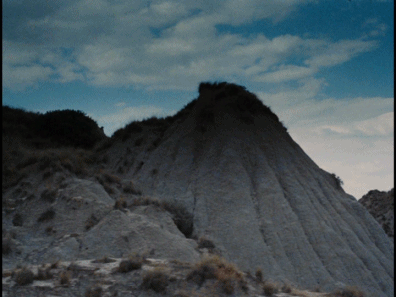



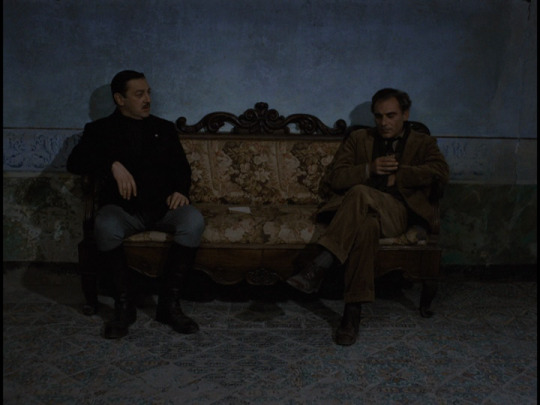
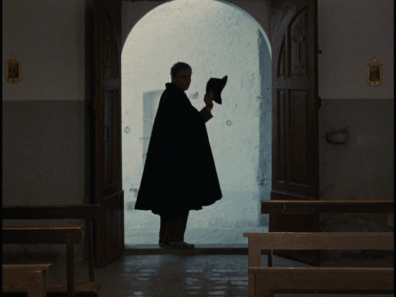
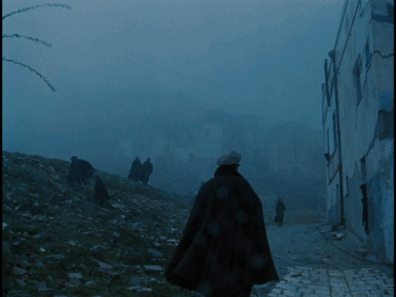
Christ Stopped At Eboli (Cristo si è fermato a Eboli) (1979) Director: Francesco Rosi
Parts 3 &
#Christ Stopped At Eboli#Cristo si è fermato a Eboli#1979#Francesco Rosi#Film Gifs#Gifs#My Gifs#Italian Films#Italian Television#TV Series#Craco#Basilicata#Southern Italy#Paolo Bonacelli#Gian Maria Volontè#Irene Papas
13 notes
·
View notes
Text
Craig and Marco should’ve dated in s5
That would develop Craig’s character more
3 notes
·
View notes
Text
Smokey's Heim
in Craco, Italy. [GhostTown]

Smokeys Haus ist voller cleverer Fallen und Täuschungen. Türen und Fenster aktivieren Falltüren oder drehen Räume, um Eindringlinge zu verwirren. Funhouse-Spiegel und labyrinthartige Gänge führen in die Irre, während Stolperdrähte Lichterblitze und lautes Lachen auslösen. Im Garten erwachen clownhafte Statuen zum Leben, und der Pool erzeugt Nebel, der die Sicht blockiert. Wer ohne Erlaubnis ins Haus will, wird sofort in ein Labyrinth aus drehenden Räumen und beweglichen Böden geworfen, begleitet von unheimlichem Lachen. Smokeys Haus spielt mit Eindringlingen auf tricksterhafte Weise und macht es fast unmöglich, unbemerkt einzudringen.






2 notes
·
View notes
Text
Source Instagram @giorgioteti
Craco 🇮🇹 The ghost town…
11 notes
·
View notes
